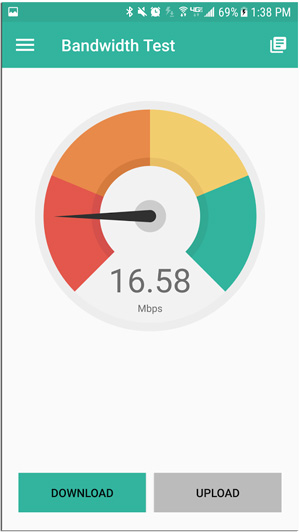
A network revamp at the University of Minnesota is providing wireless connectivity for 48,000 students, 18,000 faculty and staff and 116,000 unique devices daily. It has also boosted the institution's capacity for secure authentication of Internet of Things devices such as game consoles, Amazon Echos, Google Homes and others.

A research project at MIT has developed an algorithm in which a constantly updating network — of sensors, drones or data-sharing vehicles — minimizes how much new information is received at any moment to avoid data congestion, while still keeping the most important data "as fresh as possible." Right now, the approach works for "simple" networks; but eventually, the team expects to tackle complex ones as well.

The University of Arkansas at Little Rock is upgrading its network in an effort to better serve students and employees, streamline the network infrastructure and support emerging technologies like the Internet of Things. The university decided to deploy approximately 3,200 Aruba gigabit WiFi access points and Aruba 303H access points, which are designed specifically for housing and hospitality environments; Aruba access and core switches; network management solutions AirWave and I.M.C.; and ClearPass for additional security.

Panopto has added support for the NewTek NDI standard to its lecture capture system. This allows Panopto's software to be used in conjunction with NDI-enabled devices, including IP-based cameras.

This frequency could provide a cost-effective link between cellular and WiFi.

Aruba today announced NetInsight, a network analytics and assurance product that uses artificial intelligence to monitor and optimize network performance. NetInsight constantly monitors an institution's network and establishes baselines for normal performance. Its machine learning tools then tag deviations, analyze the impact and provide insights so that IT departments can identify problems before they impact users, according to information from the company.

Spending on security for the internet of things will reach $1.5 billion, up 28 percent over 2017's $1.2 billion, according to a new forecast from market research firm Gartner. Professional services will account for the bulk of the spending throughout the forecast, at $946 million this year and growing to $2.07 billion by the end of the forecast in 2021.

A research and education network in New Jersey has signed a deal with Amazon to offer that company's web services to its members at reduced prices. Institutions, schools and districts that are members of N.J. Edge will be able to connect directly through the state's fiber connections run by N.J. Edge or create new ones through AWS Direct Connect, putting them, "one hop away" from Amazon's web services, according to N.J. Edge C.E.O. and President Samuel Conn.

A higher education technology leader offers his take on three transformative themes that will dominate in colleges and universities for 2018.

Telecommunications engineers at the Rochester Institute of Technology have created a new smartphone app that maps cellular coverage areas and measures the actual download speeds of different carriers.